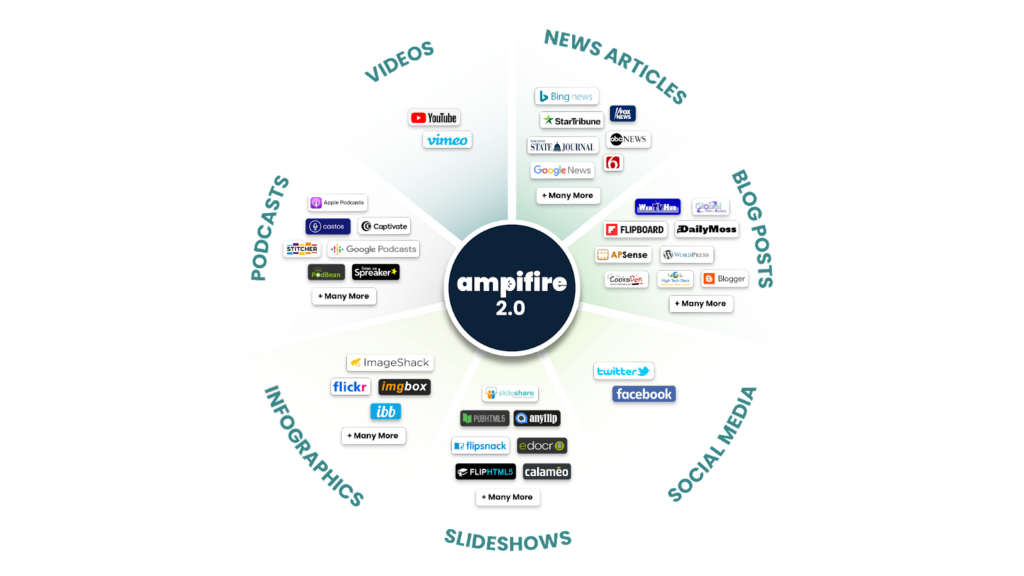- Why is Dateline Important for Press Releases?
- Qualities of Good Dateline for Press Releases
- Examples of Killer Dateline for Press Releases
- Examples of Bad Dateline for Press Releases
- Tips and Tricks to Write Great Press Release Dateline
- Mastering the Dateline: A Small Detail with a Big Impact on Press Release Success
- Frequently Asked Questions (FAQ)

Why is Dateline Important for Press Releases?
Let’s dive into why the dateline is so important. A dateline provides immediate context. It tells your audience that what they’re about to read is not just current but also rooted in a specific location that could be relevant to them. This is essential because news is about what’s happening now and where it’s happening. By including a dateline, you’re essentially saying, “This is important, and it’s happening right here, right now.”
Furthermore, the dateline is your press release’s passport stamp. It’s proof that your news is legitimate and not some timeless, floating piece of information. Journalists rely on this to decide how quickly they should act on your news. If the dateline is old, they might pass it over. But if it’s fresh, they know they’ve got something hot on their hands.
Qualities of Good Dateline for Press Releases
So, what makes for a good dateline? It’s not just about slapping a date and location at the top of your press release. There’s an art to it:
- Accuracy: The information must be correct. Misleading datelines not only confuse readers but also damage your credibility.
- Relevance: The location should be significant to the story. If your news is about a tech conference in Silicon Valley, that’s where your dateline should be, not where your company headquarters is located, unless they’re the same.
- Timeliness: The date should reflect when the news is being announced, not when it was written or when the event happened.
- Format: Stick to the industry standard. For most press releases, this means writing the city in uppercase, followed by the state or country in uppercase, and then the date.
Remember, the goal is to be clear and to the point. Journalists skim through dozens, if not hundreds, of press releases daily. A well-written dateline helps your release stand out and be taken seriously.

Examples of Killer Dateline for Press Releases
Let’s look at a couple of examples to illustrate the power of a good dateline:
NEW YORK, NY – April 1, 2023
This dateline is straightforward, tells you the news is coming from a major city known for big stories, and gives you the exact date. It’s clear and leaves no room for confusion.
SILICON VALLEY, CA – March 30, 2023
Here’s another one that’s equally effective. The location instantly conveys that this might be tech-related news, and the date tells you it’s fresh.
These examples show that you don’t need to be overly fancy with your dateline. It’s all about delivering the essential information in the clearest way possible. Now, let’s look at some not-so-great examples and see why they don’t work as well.
Examples of Bad Dateline for Press Releases
Now, let’s shift gears and discuss what you should avoid. A bad dateline can confuse your readers or, worse, make them distrust your press release. Here are some examples:
Some City – Sometime in 2023
This dateline is vague and unprofessional. “Some City” could be anywhere, and “Sometime in 2023” is far too broad. Journalists and readers will likely disregard such a press release because it lacks specificity and immediacy.
THE INTERNET – February 29, 2023
While trying to be modern, this dateline fails because “THE INTERNET” is not a physical location, and February 29, 2023, does not exist—it’s not a leap year. Always double-check your dates and ensure the location is real and relevant.
These examples demonstrate how a poorly crafted dateline can undermine the effectiveness of your press release. Keep it factual, relevant, and straightforward to maintain credibility.
Tips and Tricks to Write Great Press Release Dateline
Here are some actionable tips to ensure your dateline shines:
- Check the calendar: Ensure the date is correct and represents the day the news is being made public.
- Use a significant location: Choose the city or place directly associated with the news event.
- Follow the format: Typically, it’s CITY, STATE (if applicable), COUNTRY (for international releases), and then the date.
- Be consistent: If your press release spans multiple pages, ensure the dateline is on the first page, and there’s no need to repeat it.
By keeping these tips in mind, you’ll craft a dateline that anchors your press release firmly in the here and now, giving it the urgency and context it needs to be taken seriously.
Mastering the Dateline: A Small Detail with a Big Impact on Press Release Success
In conclusion, the seemingly minor detail of the dateline in your press release holds significant power, laying the groundwork for your announcement and serving as a hallmark of authenticity. With Ampifire’s expertise in content amplification, the precision and clarity of a well-formulated dateline are enhanced, ensuring your news is accurately positioned and reaches its intended audience effectively.

The right dateline, clear, accurate, and properly formatted, can greatly influence the success of your press release, emphasizing that in the dynamic realm of news, attention to detail, like getting the dateline right, is pivotal. Ampifire’s role in this process underscores the importance of every element of your press release, no matter how small it may seem.
Looking to amplify your digital marketing outcomes?
Explore how AmpiFire can revolutionize your press releases, crafting killer headlines and optimizing your content for wider distribution. Benefit from unparalleled visibility on platforms like Google News, YouTube, SlideShare, Apple Podcasts, and many more…
Click Here To Learn More
Frequently Asked Questions (FAQ)
The standard format for a press release dateline is to list the city in all caps, followed by the state or country if needed, also in all caps, and then the date.
The dateline itself doesn’t directly impact SEO, but it does contribute to the overall credibility and professionalism of your press release. A well-crafted dateline can indirectly affect SEO by increasing the likelihood that journalists and influencers will share your content, thus improving its reach and visibility.
Typically, a press release should only have one dateline, representing where and when the news is being announced. Multiple datelines can be confusing and are generally unnecessary unless the release covers events in different locations on different dates, which is rare.
Common dateline mistakes include using an incorrect date, being vague about the location, or formatting the dateline improperly. Always verify your information and stick to the accepted format to avoid these pitfalls.
Yes, localizing the dateline for international releases is important. It should reflect the location that is most relevant to the news event or announcement. This helps to establish the context and relevance for a global audience. Common dateline mistakes include using an incorrect date, being vague about the location, or formatting the dateline improperly. Always verify your information and stick to the accepted format to avoid these pitfalls.
